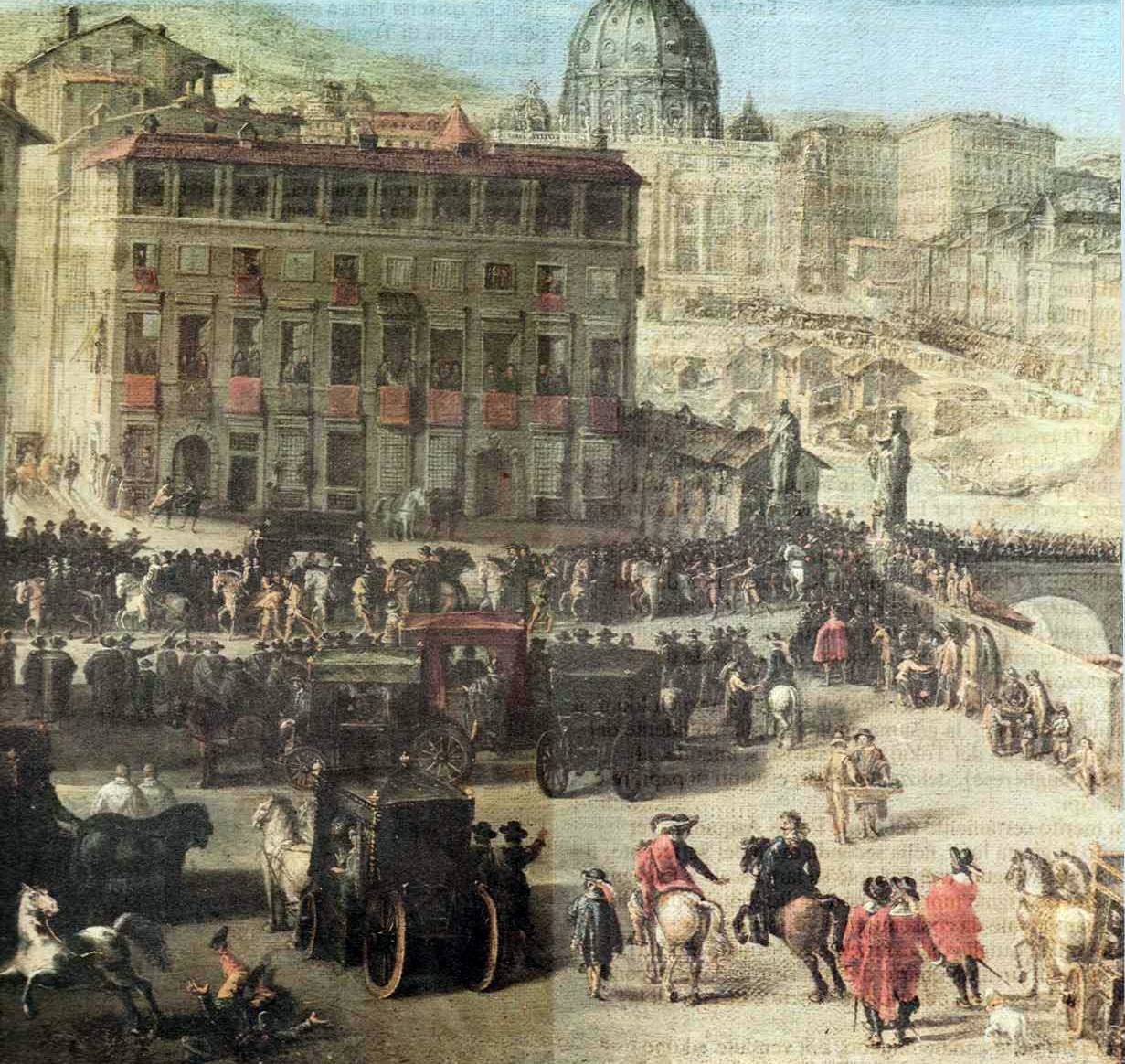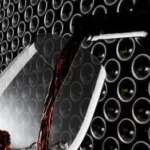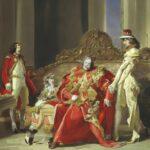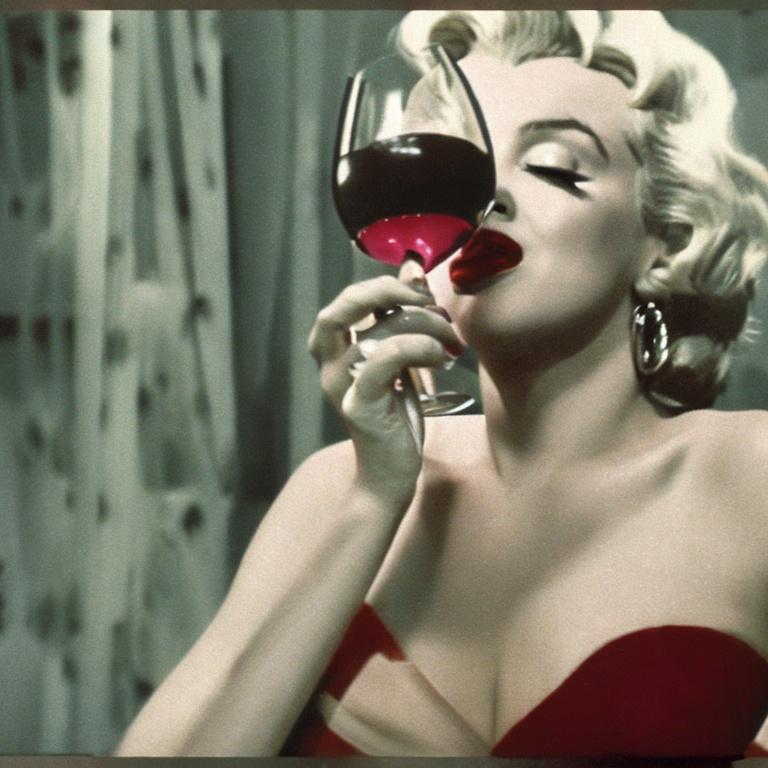Indice
Il Picolit è uno dei vini più antichi e più nobili del Friuli, il mitico: PICOLIT, nasce nei Colli Orientali e in poco tempo raggiunse l’apice o l’olimpo dei vini Friulani.
Questo vino trae la sua origine da un vitigno autoctono antichissimo oserei dire arcaico, che l’ho rende immortale per i nostri palati. Questo sublime vino risale al XIII secolo A.C. Il Picolit fu assaggiato da imperatori romani e papi come possiamo vedere in questo quadro.
E’ l’unico vitigno friulano descritto nell’Ampelografia del Sallesio; il Picolit della zona di Rosazzo è ricordato in una canzone anonima ispirata alla strage del duca di Brunswick del 1509 e in una inscrizione del 1567 rinvenuta n quell’eremo luminoso di vitigni che è il colle di Rosazzo.
Carlo Goldoni e il Picolit

Fu esaltato del celebre e famoso Carlo Goldoni che lo definì:
la gemma enologica più splendente del Friuli
Questo vino è fratello del Tokaj (riferendosi, si intende, al Tokaj ungherese), delizia dei palati esigenti di papi, re e principi.
Fu di certo merito del conte Fabio Asquini l’aver posto in giusta luce, nella seconda metà del Settecento, il valore del vitigno, coltivandolo su larga scala a Fagagna, località di origine morenica non molto lontana da Udine, in quantità tale da consentirgli di esportare oltre centomila bottiglie dal caratteristico formato e della capacità di circa un quarto di litro, ricavandone, secondo il Giacomo Perusini, quattro lire venete e dieci soldi la tortiglia.
Il conte Asquini lo valorizzò talmente tanto che fu venduto nelle principali corti europee ed arcivescovili, raggiungendo una notevole notorietà che la propria bontà esaltata fu sempre apprezzata. Alla morte del conte Asquini questo vino decadde.
All’inizio del 1900 la famiglia dei conti Perusini riprese a diffondere questo grandioso vino presso la loro tenuta di Rocca Bernarda diffusero il grande Picolit.
Questo vino oltre che fieramente degustato e famoso anche per le sue capacità seduttive nasce con il cuore in un territorio che si proietta in un territorio dal punto di vista geografico perfetto per la produzione di ottimi vini rossi e bianchi , dovuta alla commistione climatica fra quella continentale tenue del centro sud e quella alpina a Nord.
Da dove scaturisce il nome Picolit?
Probabilmente dalle dimensioni piccole dell’acino e del grappolo provocato dal fenomeno dell’acinellatura cioè all’aborto floreale; elemento fondamentale di questo vitigno è la presenza di un polline che provoca una sterilità che impedisce ai fiori del Picolit di svilupparsi. Possiamo avere tre diverse tipologie di Picolit, ognuno con la propria peculiarità :il Varietale di esprime con vendemmia dell’uva e vinifica-zione ricavandone un vino elegante e profumato.
Altro tipo di vino Picolit è il passito, che si crea con un color giallo paglierino e con odori di miele e vaniglia si possono sentire odori di frutta candita e mandorla. In dulcis fundu abbiamo il Picolit Botritizzato con presenza di muffa nobile .
Questo vino va provato visitando cantine dei Colli Orientali, dove si possono gustare anche i prodotti tipici del territorio.
Vi è un vino inconfondibilmente caratteristico, fra ‘aristocrazia enologica friulana, questo è il Picolit. Si ottiene dalle uve dell’omonimo vitigno, che vengono per o più leggermente appassite; ha sapore generalmente amabile, ma talora anche dolce, armonico, di stoffa consistente, gradevolissimo
«da poter gareggiare con i migliori vini da dessert oggi conosciuti»,
come afferma talo Cosmo nella monumentale opera I principali vitigni di uva da vino.
Quanto costava una bottiglia di Picolit in passato?
Il Picolit, nelle annate migliori, era venduto ad uno zecchino la bottiglia che. in moneta attuale, equivale a 10 euro a bottiglia, ma tenendo conto del maggior potere d’acquisto che aveva l’oro nel Settecento, il prezzo appare ancora più alto, circa 25 euro a bottiglia.
Il conte Asquini era Astemio?
Il conte Asquini, che per ironia della sorte era astemio («ma fu invece una fortuna — annota Chino Ermacora nel suo libro Vini all’ombra — altrimenti avrebbe vuotato da solo le domestiche cantine»), ebbe il merito di iniziare nel 1762 il commercio di questo vino, conosciuto dapprima solo da una ristretta cerchia di amatori locali. Uomo colte e raffinato (faceva fondere appositamente a Murano le bottiglie che recavano impresso il castello di Fagagna), seguiva con amore le sue vigne.
Il vino più quotato della storia
Il vino era quotatissimo presso le corti di Francia, Gran Bretagna, Russia e Vienna, tanto che l’imperatore d’Austria lo dichiarò migliore di qualsiasi altro. Quotatissimo alla corte dei papi, il Picolit, detto allora Piccolitto, veniva preferito dai cardinali a tutti gli altri vini raffinatissimi che uscivano dalle cantine vaticane.

Il Picolit era noto, ricercato ed apprezzato alla corte papale, sì che, monsignor Giuseppe de Rinaldis, in data 29 giugno 1765, scriveva al suo produttore il conte Asquini:
Nella villeggiatura di Castel Gandolfo fu fatto l’assaggio del vostro Piccolito… furono lasciati addietro gli altri vini prelibati, al confronto del medesimo e v’erano personaggi che hanno il più raffinato gusto in questo genere fra i Cardinali Torrigiani, Peroni, Gian Francesco Albani e Sua Ecc. il Marchese d’Aubeterre, ambasciatore li Francia.
Il Picolit rimane tra «gli altri vini» conservati nelle cantine di Castel Gandolfo in cui vi erano a quei tempi i vini tra i più pregiati del mondo.





